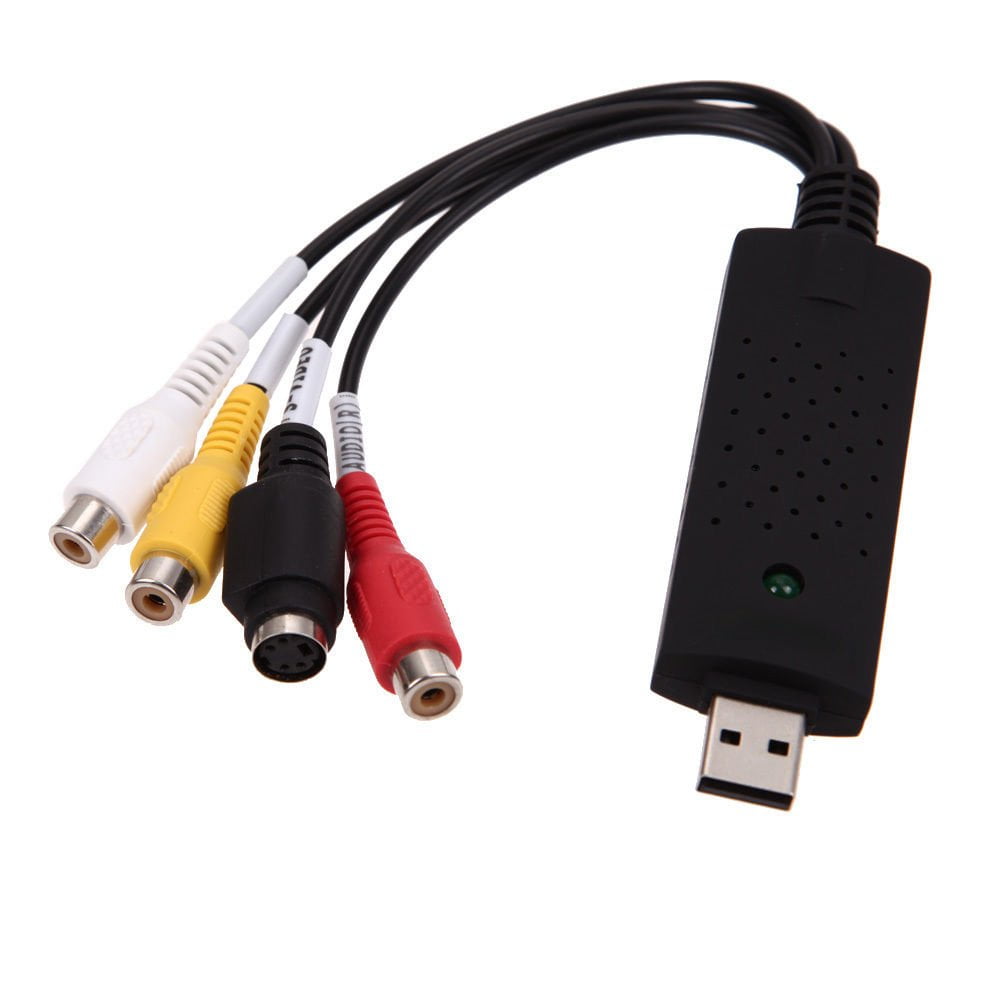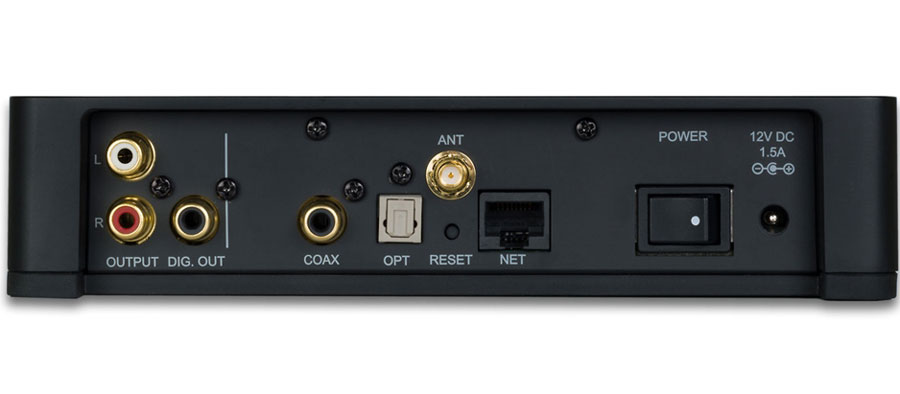

Remote communication, such as virtual video conferencing, is becoming the preferred method of communication over face-to-face meetings. It removes or minimizes the overmodulation, echo, unwanted noise by applying various techniques into it.

It focuses on computational methods for altering the sounds. This process encompasses removing unwanted noise and balancing the time-frequency ranges by converting digital and analog signals. Analog signals occur in electrical signals, while digital signals occur in binary representations. Their frequencies range between 20 to 20,000 Hz, and this is the lower and upper limit of our ears.

Audio signals are the representation of sound, which is in the form of digital and analog signals. Introduction to Audio Signal ProcessingĪudio Signal processing is a method where intensive algorithms, techniques are applied to audio signals. There are several tools and techniques behind these high-quality audio experiences that polish the sound and play a significant role in getting the high-quality sound. The concept of immersive audio has made communications more natural and surreal for the listeners. Technologies like speech recognition, 360-degree audio, wireless audio are at the forefront of audio industry. Devices like smart speakers, Facebook portals are high in demand, owing to its smart and intelligent features. With the rising adoption of smart digital audio technology, people are in pursuit of having automated and connected home audio experiences. It has also changed the way people communicate, interact, and engage with each other. Modern communication systems have completely changed the outlook of the audio industry.


 0 kommentar(er)
0 kommentar(er)
